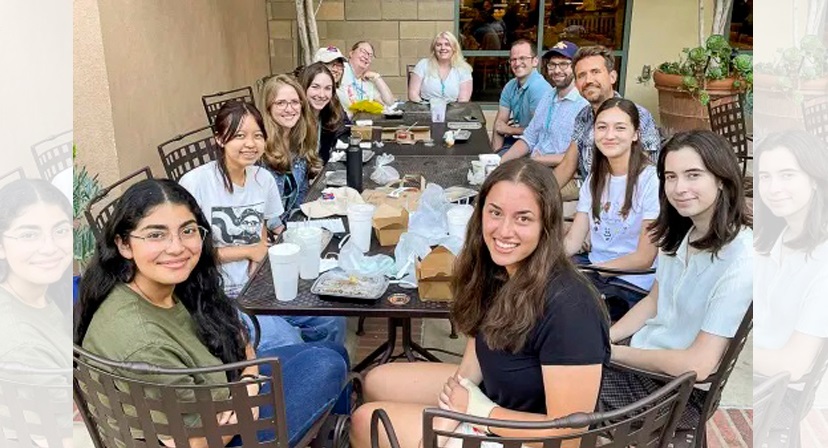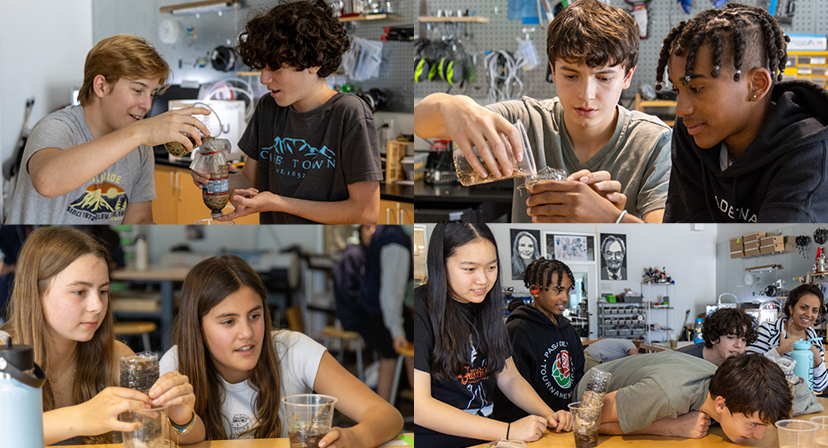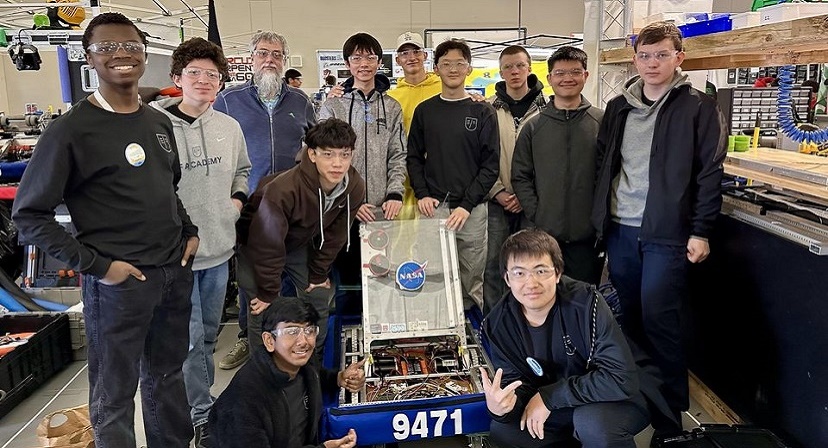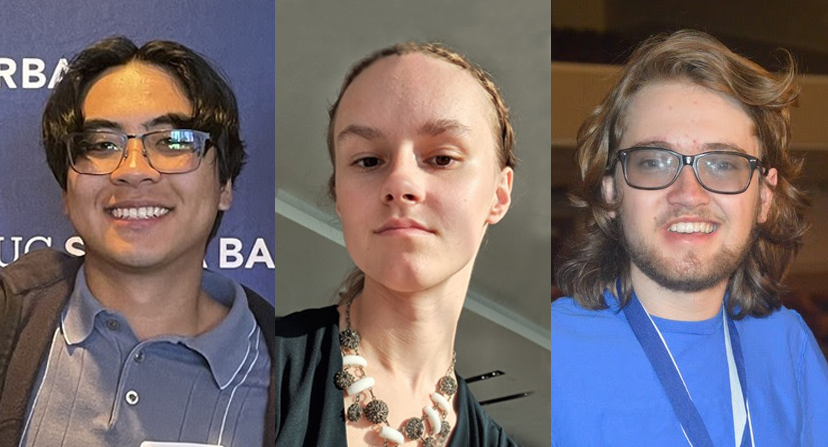Westridge AP Bio Yeast Evolution Project Published in Scientific Journal

Kudos to Westridge’s Upper School Science Teacher Dr. Ryan Skophammer, Ph.D, and 112 Westridge alumnae whose work evolving yeast genes landed them with citations in the November 2022 edition of the G3: Genes, Genomes, Genetics Journal. The yeast project outlined in the paper has expanded from its inception as a Westridge classroom experiment in 2017 to an ongoing, multi-year partnership with researchers at the University of Washington, who received National Science Foundation funding in 2018 to expand the Westridge program into five high schools and two colleges across the country.
In this experimental evolution project AP Biology students evolve baker’s/brewer’s yeast with a particular goal in mind. In past years, yeast has been evolved to resist treatment by antifungal compounds, to tolerate caffeine, and to tolerate acidic conditions. Students accomplish this by keeping multiple cultures of yeast alive during every class period. They make decisions on how to change the yeast environment to accomplish their chosen goal.
Twice a year, typically, samples from the experiments are shipped off to the University of Washington, where researchers will sequence the genomes of the strains and identify genetic changes in the frozen samples. Students receive the list of changes and hypothesize about the mutations causing a change in the yeast.
“The active learning required for us to explain our results has been the most impactful educational experience I’ve had,” said Reema R. ’23, who was in the AP Biology class as a junior.
“Most of the stuff you do in the lab is canned, you know what the outcome is,” Dr. Skophammer explained. “We didn’t know what the outcomes would be, it was novel.” The outcomes were novel enough that it was worth publishing and the students got to be authors on the paper—not a common accolade at their age.
Over the summer, Dr. Skophammer and six seniors (who were juniors in the AP Biology class participating in the yeast project) attended the Yeast Genetics Meeting held at UCLA, where they met with their University of Washington collaborators to talk about the project.
Skophammer said the yeast project has exceeded his expectations. “I didn’t know necessarily that we would find anything,” he said. “I also didn’t know that the students would be as into it as they are.”
Students are very protective (and competitive!) with their yeast, he said. With this project, students not only work on basic lab techniques and reading scientific research, but also are asked to think deeply about the choices they make in their experiments and the potential consequences of said choices. They’re able to connect the experimenting and learning they’ve done to research in existence, allowing them to understand how they are part of the larger scientific community.
“Having a hunger for applicable education, the yeast evolution experiment is exactly the comprehensive project I crave,” said Reema. “As opposed to other AP Bio experiments that focus on singular biological processes, this project encompasses and applies every concept we learn in the class—from evolution to cell structure to genetics.”
The project and her time in AP Biology motivated her to take Dr. Skophammer’s Research in Science course and sparked her interest in pursuing a career in research.
Evolution of the project
After coming up with the idea for the yeast project in 2017, Dr. Skophammer connected with Dr. Maitreya Dunham, a professor of genome sciences at the University of Washington in Seattle and hammered down details of the project. He then spent two weeks to train with Dunham and her lab that summer
In 2018, when University of Washington received the National Science Foundation grant to expand the Westridge program into other high schools, Dr. Skophammer and a group of Westridge students visited the university to present their work to Dunham’s lab and help produce videos for the other high schools’ use.
At present, Dr. Skophammer said the yeast project is something that has become integrated into the work done at the Dunham Lab at the university. “It’s become a major research focus for them,” he added.
The published paper covers the first three years of the project, during which students were evolving the yeast to resist treatment using an over-the-counter antifungal. “It represents all the discoveries we made: everything we learned about how fungus can involve to resist treatment, a bit about the project itself so the scientific element, and also the ‘how’ of [implementing the project] into the high school classroom,” said Dr. Skophammer.
Westridge School, 324 Madeline Drive, Pasadena, (626) 799-1053 ext. 200 or visit www.westridge.org.



















